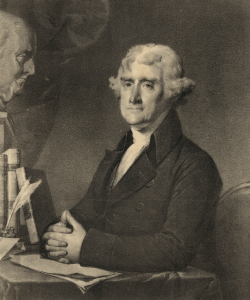
Once believed to be on the verge of extinction, the American burying beetle (Nicrophorus americanus) has shown signs of recovery in southwestern Nebraska’s Loess Canyons. According to a study published in Biological Conservation, the region has witnessed a population increase, marking the first positive trend for the species since it was listed under the Endangered Species Act in 1989.
A Fragile Icon of Ecosystem Health
The American burying beetle, measuring up to five centimeters, is North America’s largest carrion beetle. Its role as a scavenger is vital to ecosystem health, as it cleans up vertebrate carcasses and recycles nutrients. Yet, the species has struggled due to shrinking grassland habitats and the decline of small to mid-sized wildlife species that serve as its primary food source.
Historically present in 35 states and three Canadian provinces, the beetle’s range has contracted to isolated areas in just 10 U.S. states, including Oklahoma, Arkansas, and Nebraska. The Loess Canyons, a 130,000-hectare expanse in southwestern Nebraska characterized by steep hills and mixed-grass prairies, has become a surprising sanctuary for the species.
Quick Facts About the American Burying Beetle
- Size: Up to 5 cm
- Diet: Vertebrate carcasses weighing 100–200 grams
- Habitat: Moist, treeless grasslands
- Key Threats: Habitat loss, invasive species, and declining prey availability
The Role of Invasive Species and Habitat Restoration
One of the beetle’s biggest threats has been the encroachment of eastern red cedar trees (Juniperus virginiana), which have transformed historically treeless prairies across the Great Plains. Without fire to control their spread, these fast-growing trees displace native grasses and degrade habitats critical for a wide variety of wildlife.
Research led by Caleb Roberts, a U.S. Geological Survey ecologist, shows that the beetles thrive in grasslands where tree cover is minimal—ideally less than 10 trees per hectare. Even minor encroachments of trees or agricultural land can cause beetle populations to plummet.
In the Loess Canyons, a coalition of over 100 private landowners, along with organizations like Nebraska Game and Parks Commission, Pheasants Forever, and the U.S. Department of Agriculture’s Natural Resources Conservation Service, has tackled the problem head-on. Since 2002, they have reintroduced controlled burns to eliminate invasive red cedars, restoring grasslands to their historical state.
Habitat Restoration Impact in the Loess Canyons
| Metric | Pre-Restoration | Post-Restoration |
|---|---|---|
| Tree cover density | > 25% in some areas | < 10% in restored areas |
| Beetle population (2007) | 168 | — |
| Beetle population (2019) | — | 196 |
| Grassland cover (%) | ~60% | ~75% (target for doubling beetle numbers) |
How Beetles Signal Broader Success
For the beetles, a more diverse prairie offers not only better burrowing conditions but also increased access to appropriately sized carcasses, including birds like bobwhites and small mammals. Thomas Walker, a wildlife biologist with Nebraska Game and Parks, emphasizes that the landowners driving these efforts are critical to the beetle’s success. “Ultimately, they’re the ones that are leading the success on all of this,” he says.
The collaboration demonstrates the potential of targeted conservation strategies to reverse declines in not just one species, but entire ecosystems. The American burying beetle’s comeback signals broader recovery in grassland biodiversity, providing a blueprint for addressing other conservation challenges across the Great Plains.
The study was published in Biological Conservation.
Got a reaction? Share your thoughts in the comments
Enjoyed this article? Subscribe to our free newsletter for engaging stories, exclusive content, and the latest news.








Leave a Comment